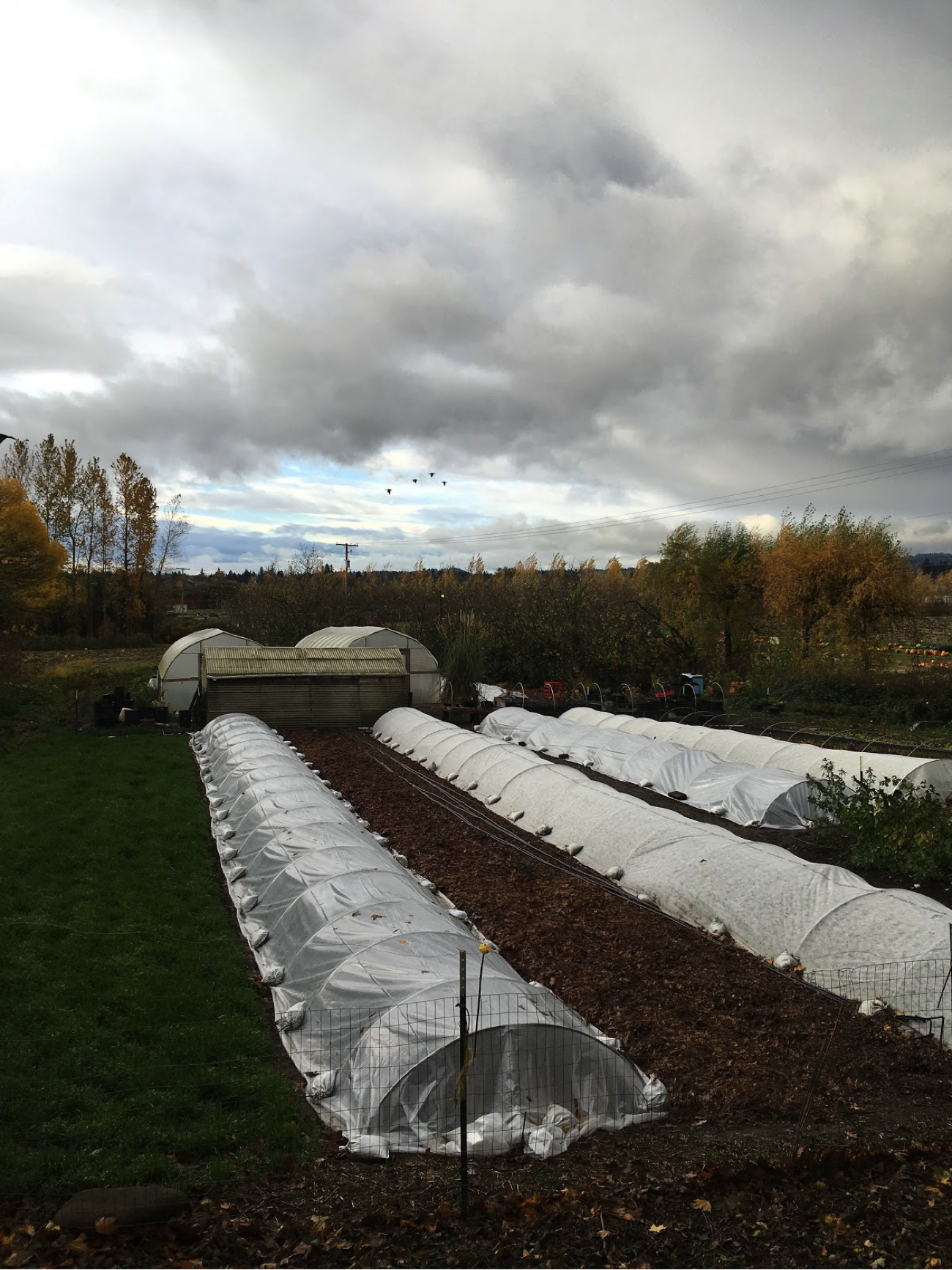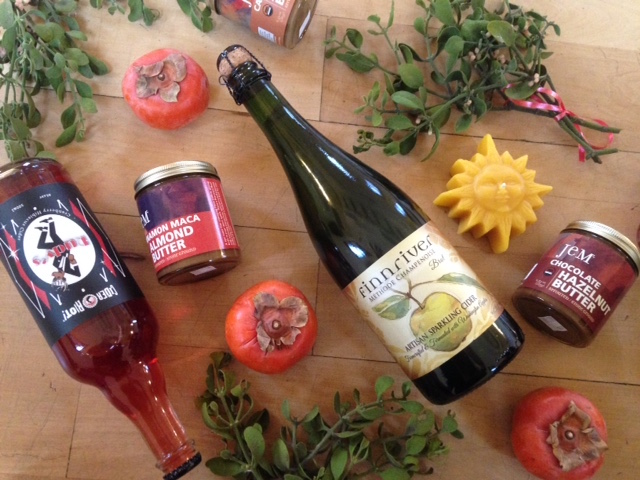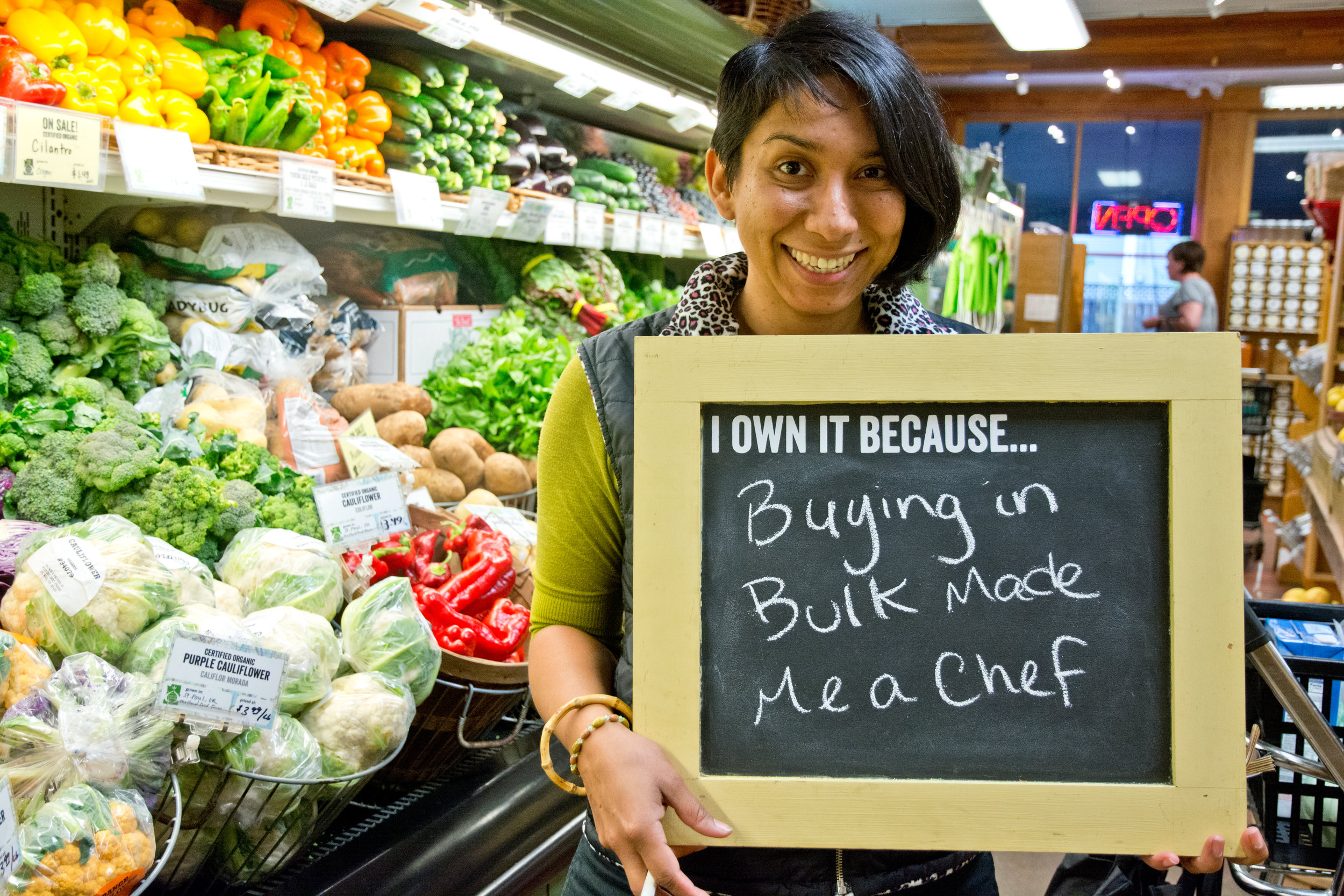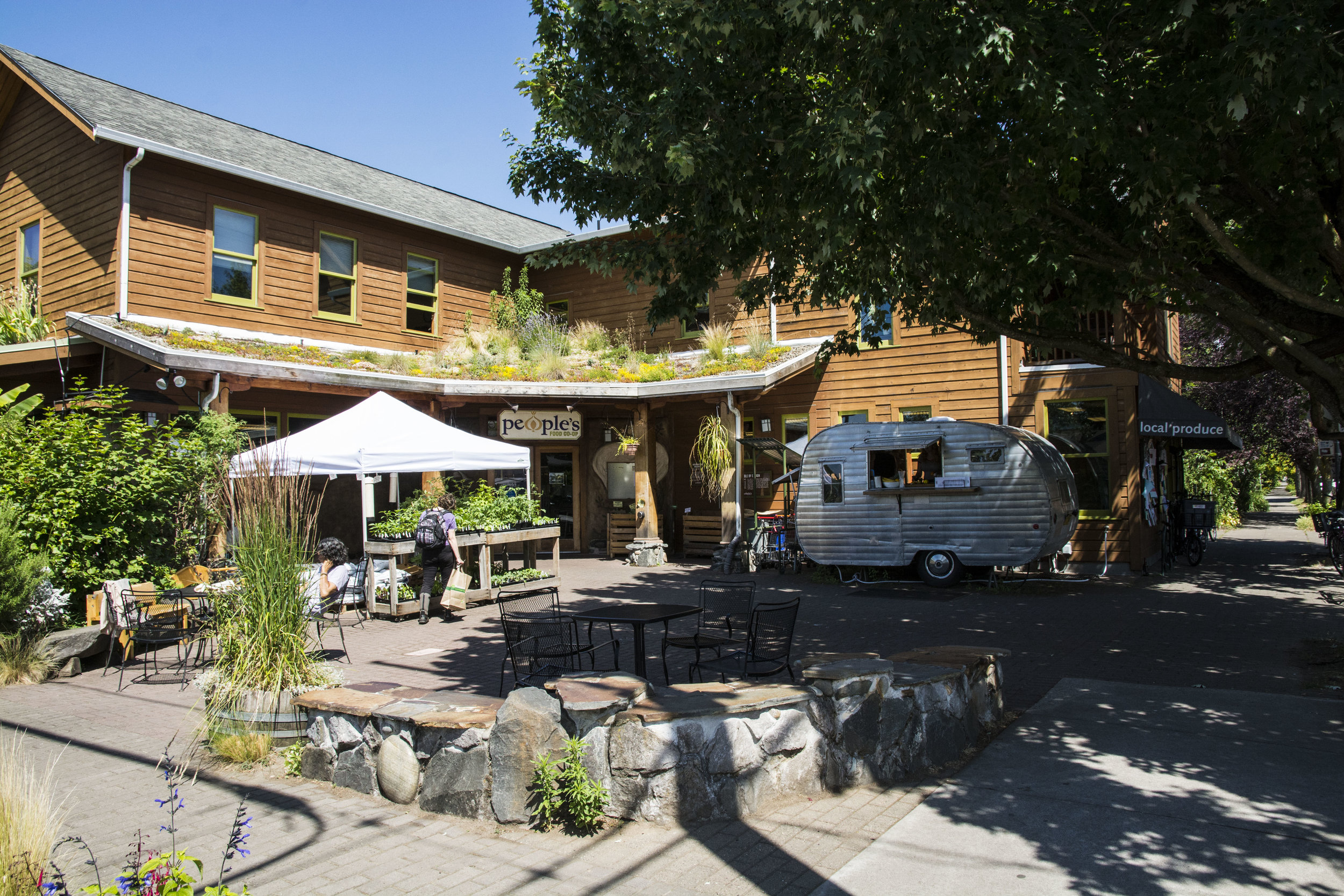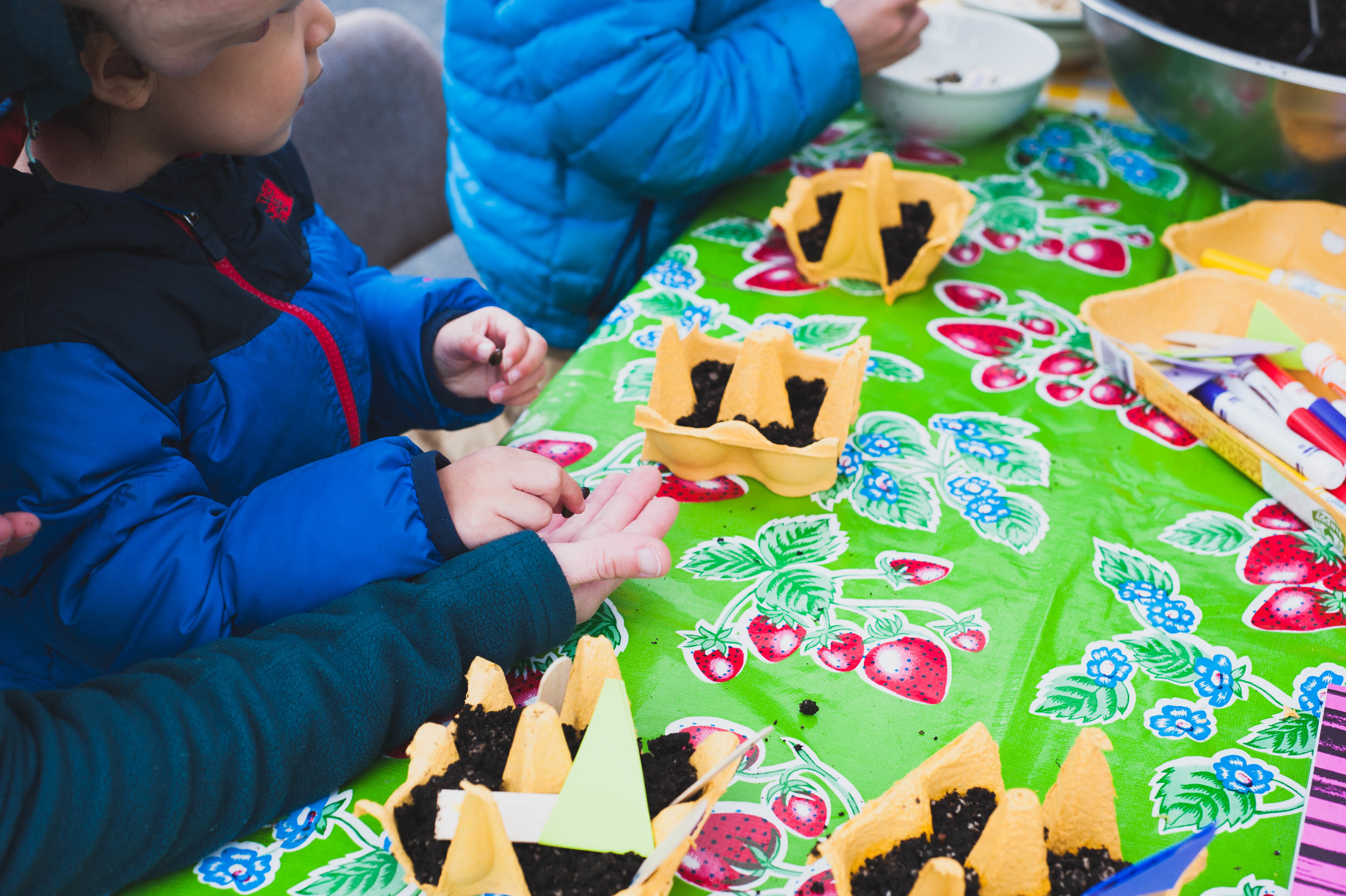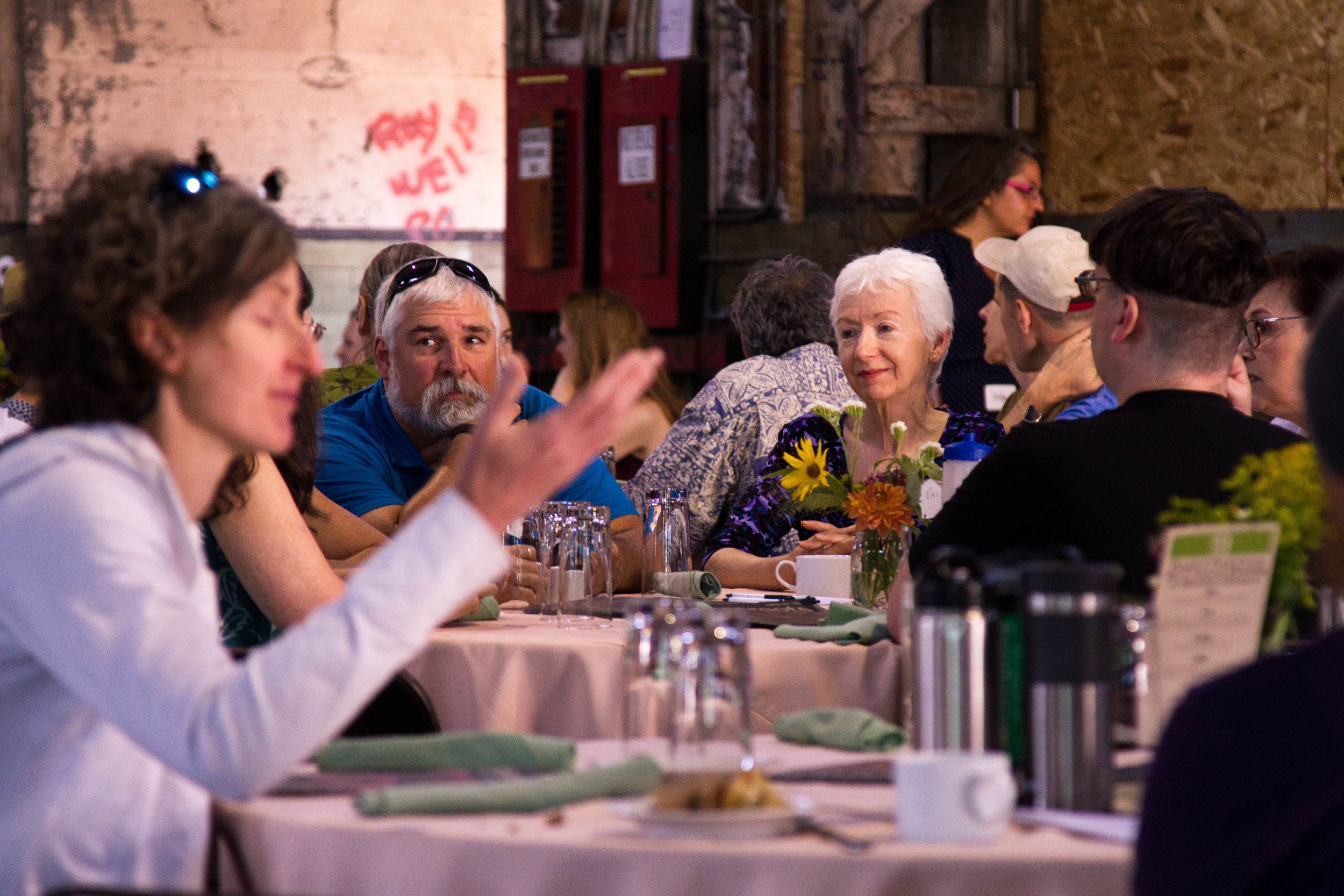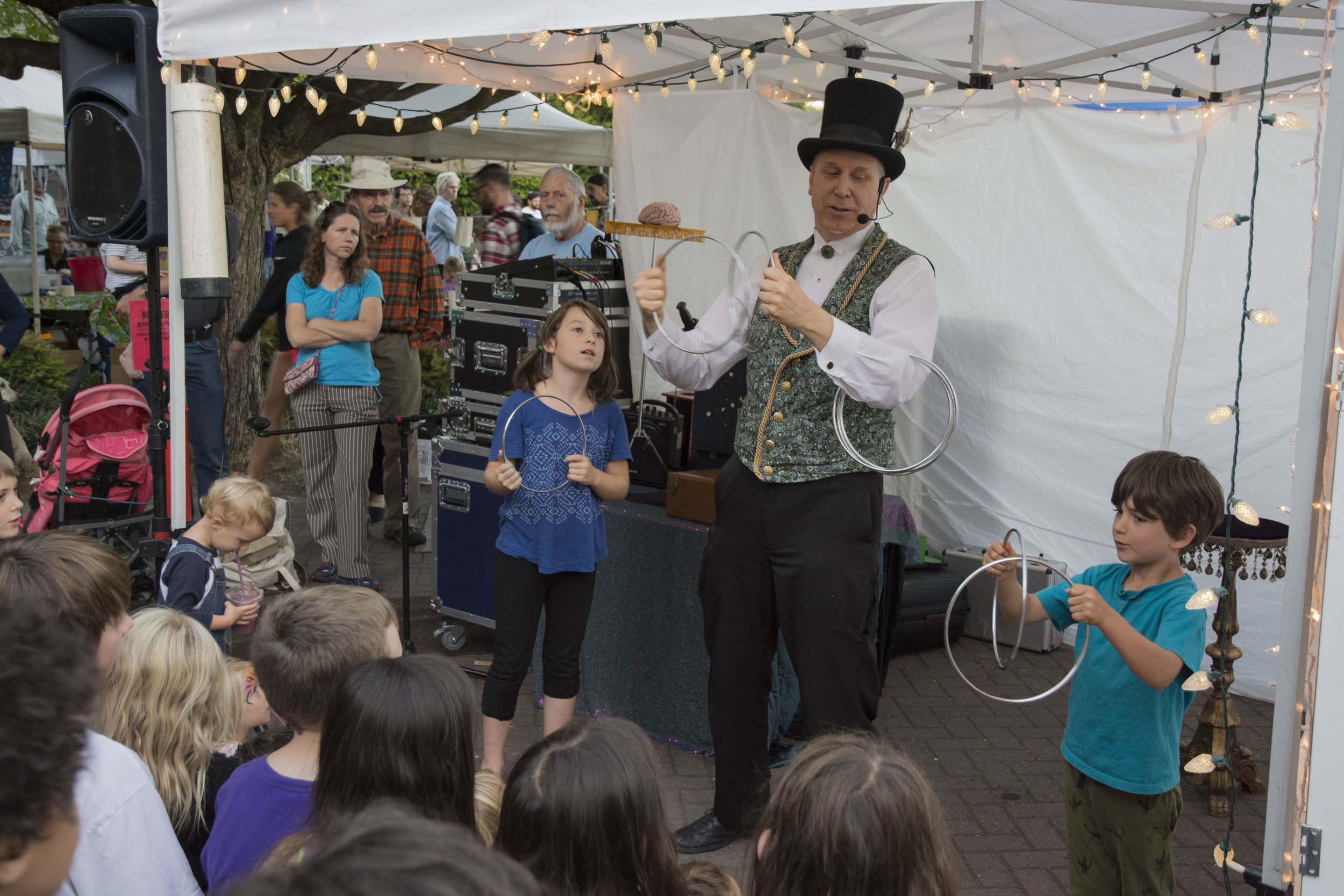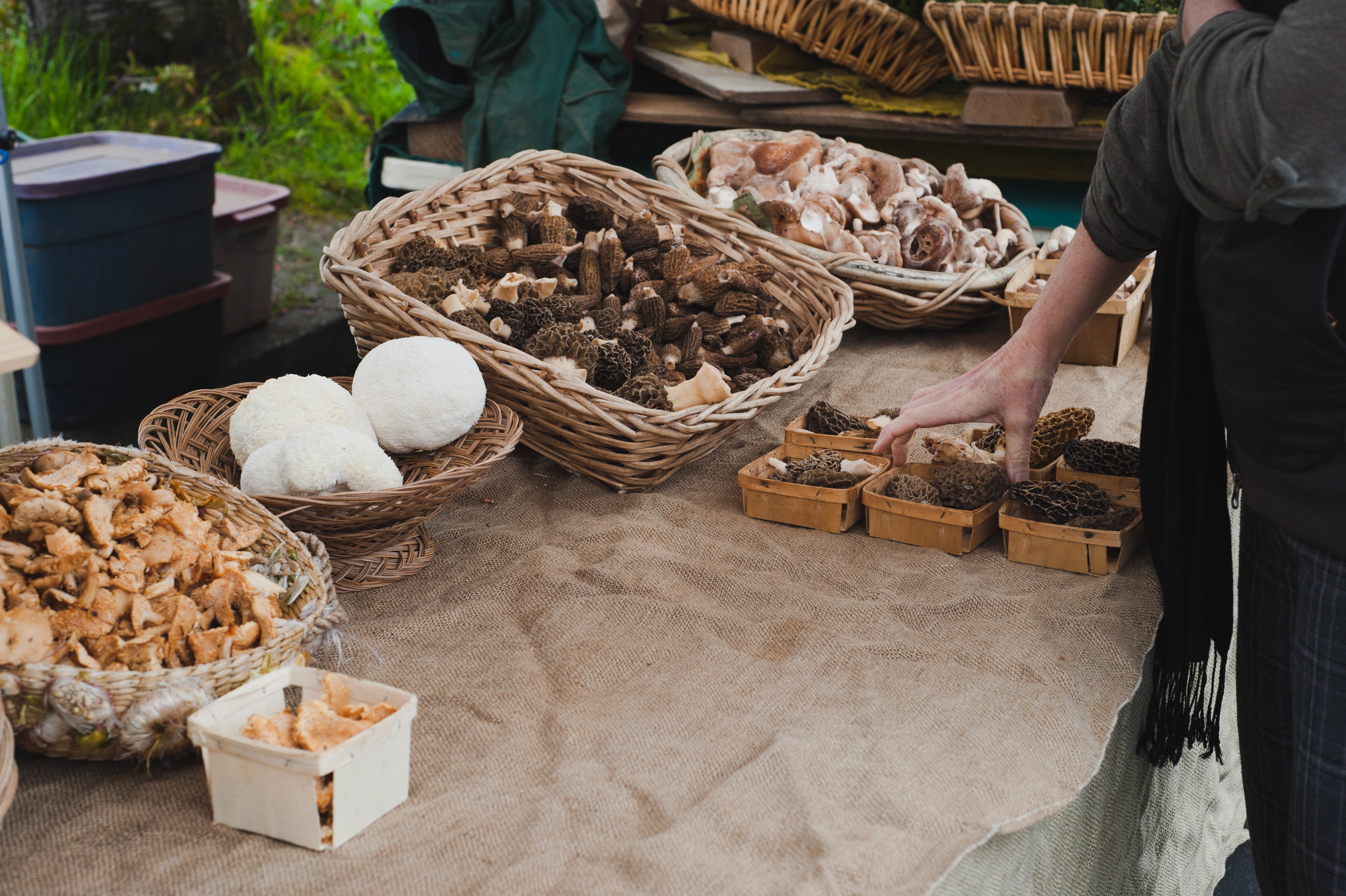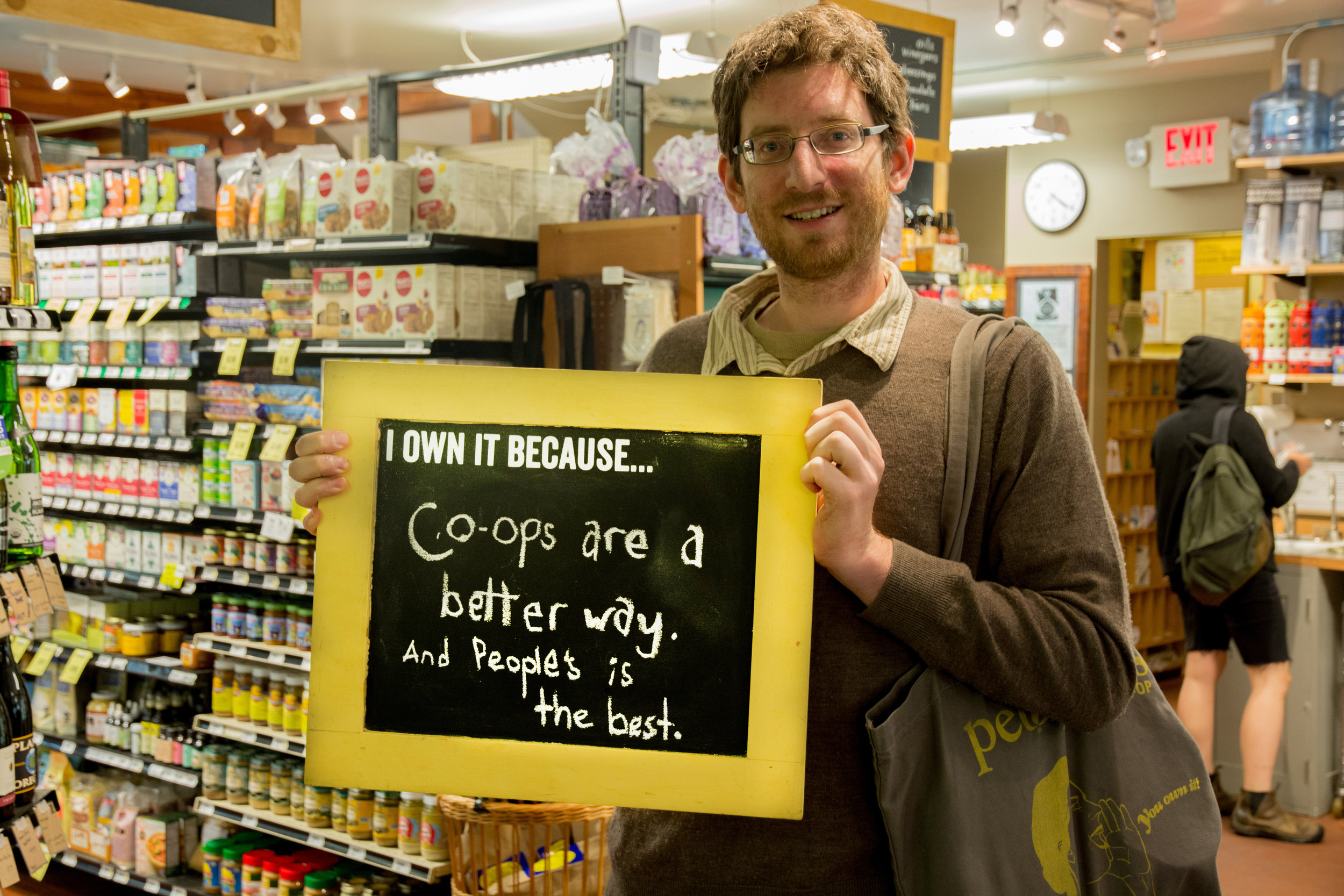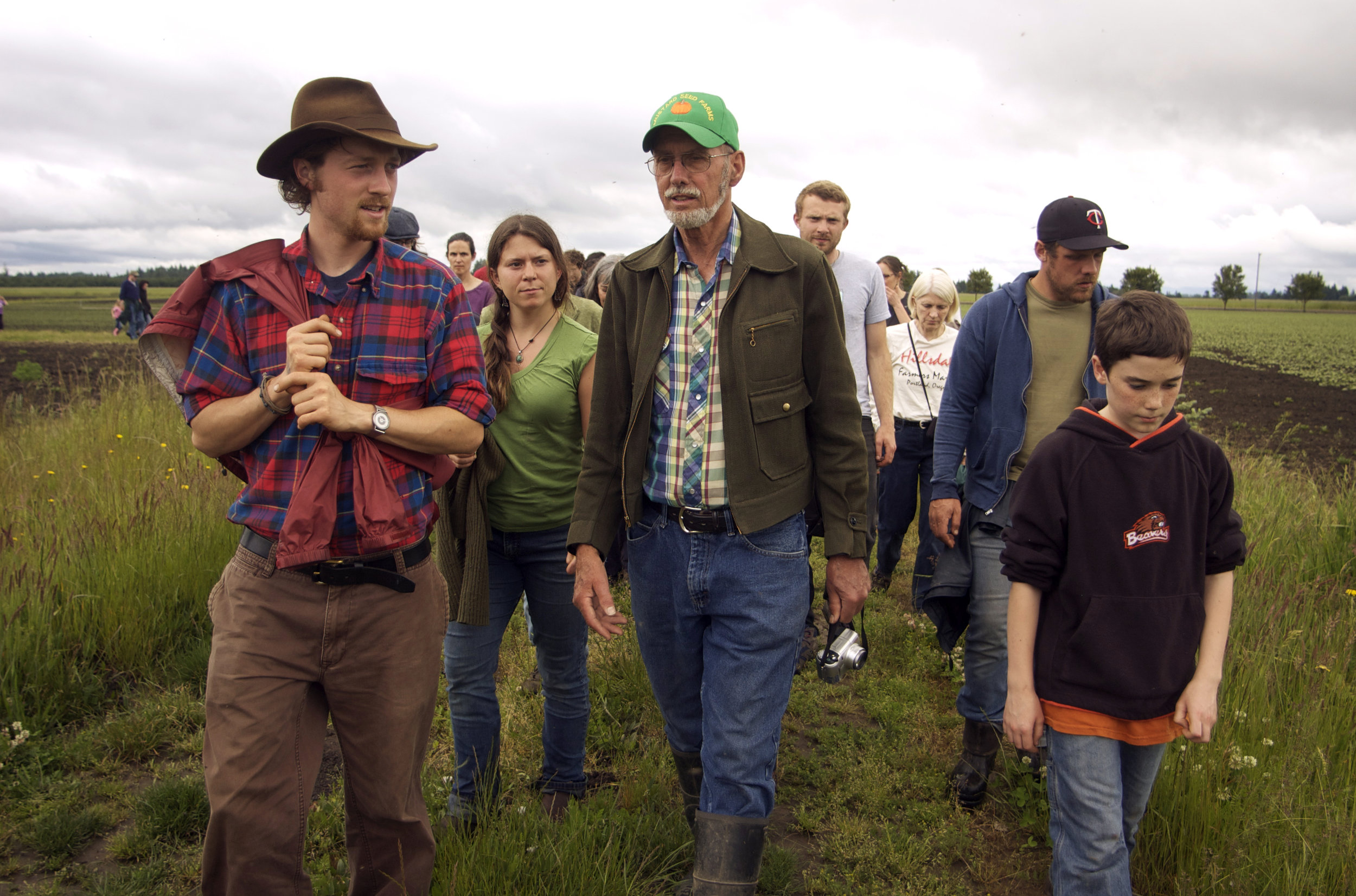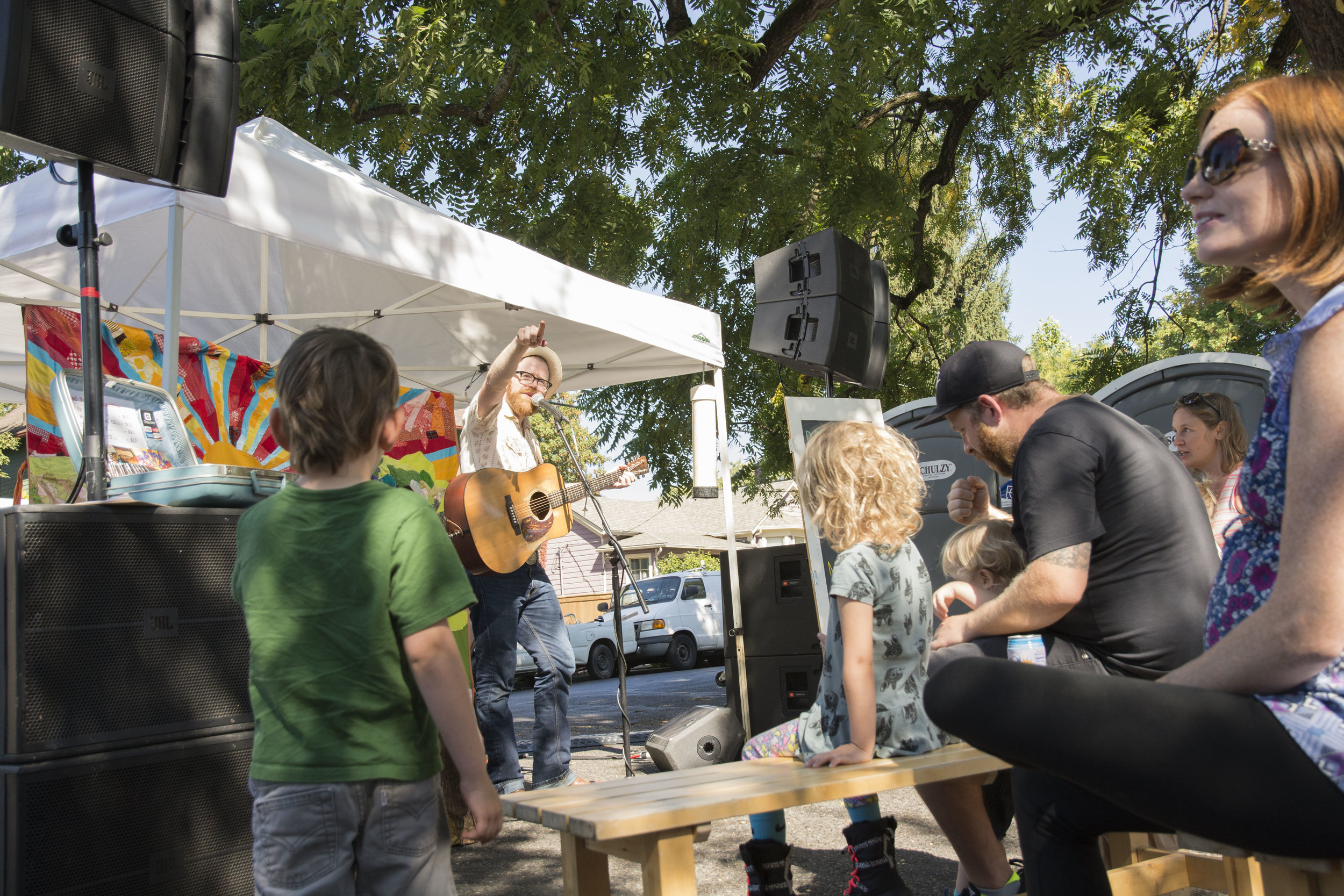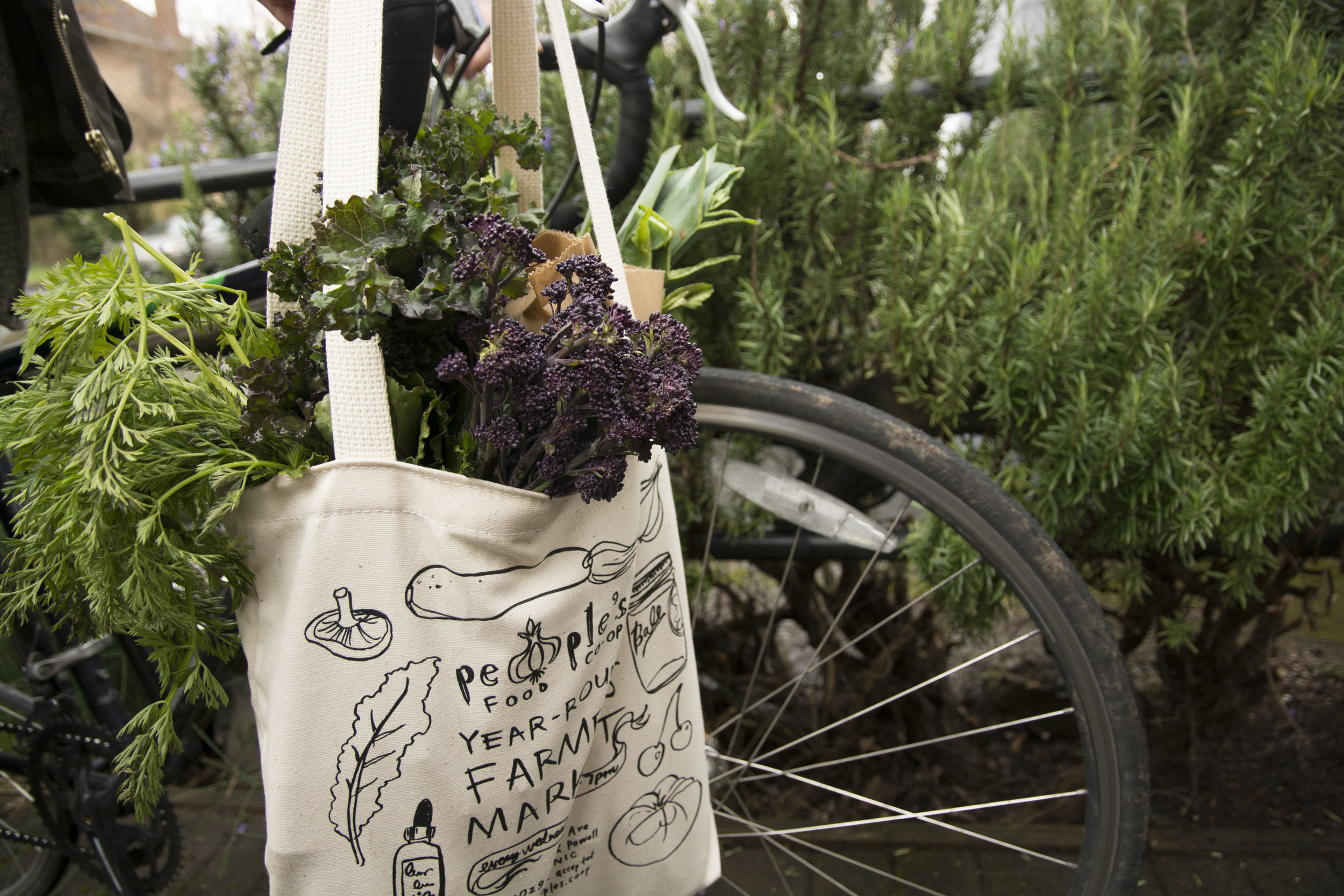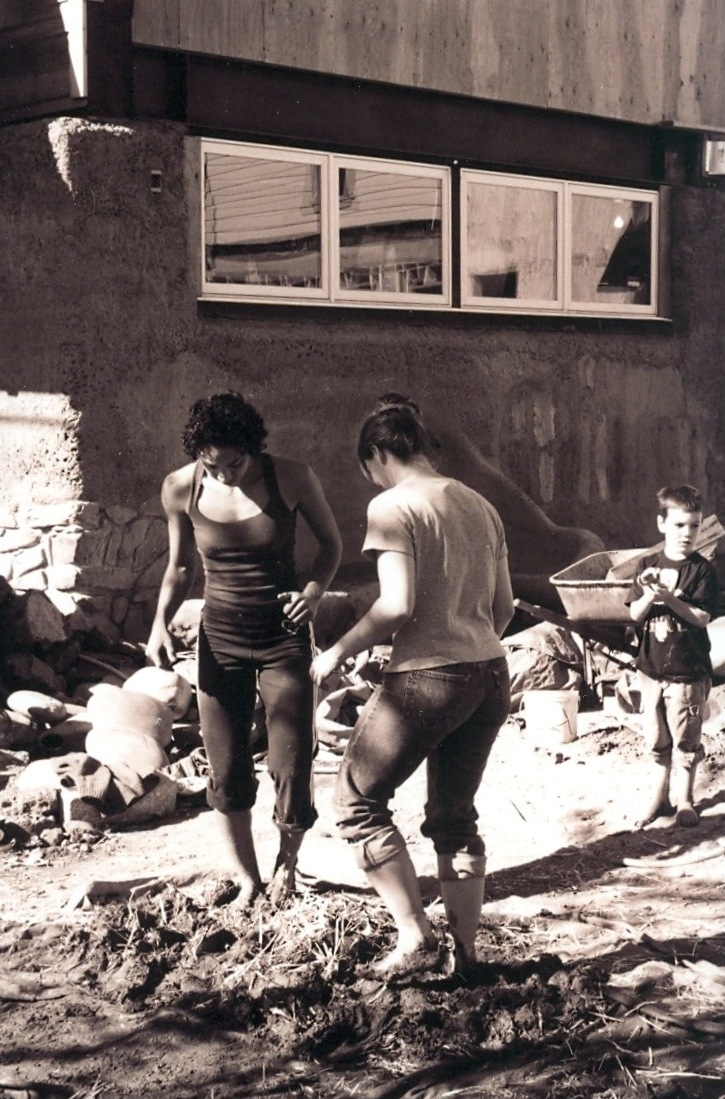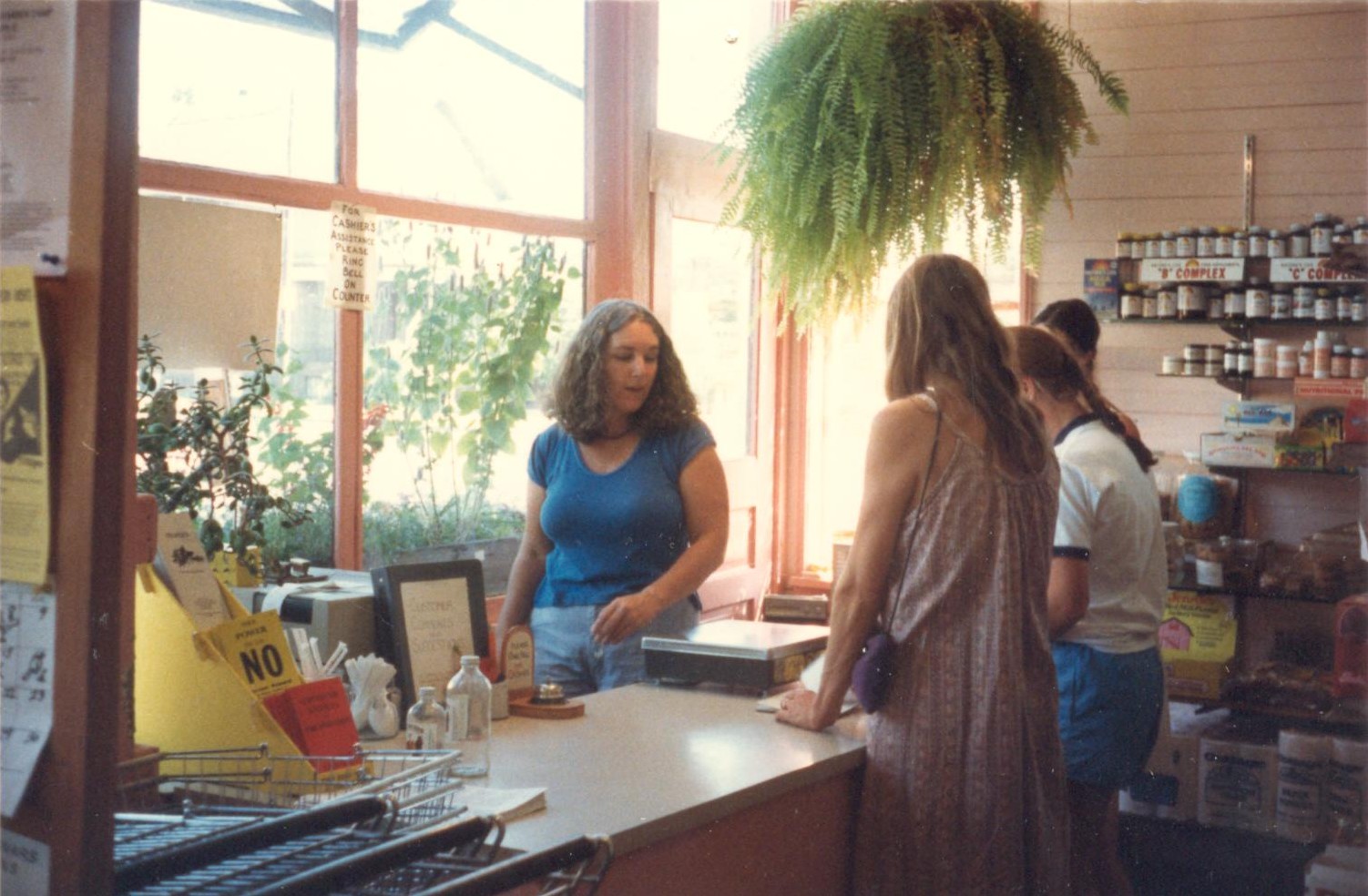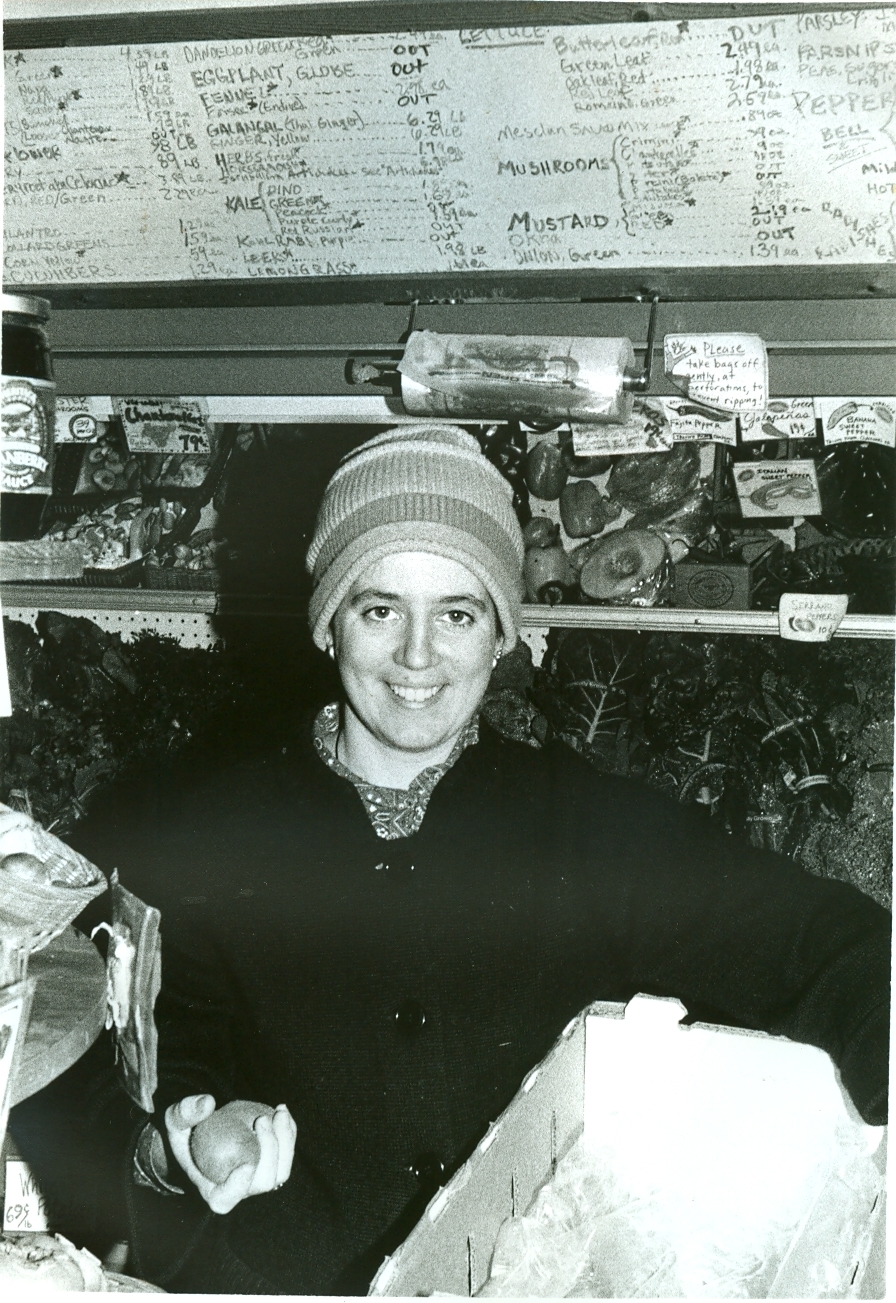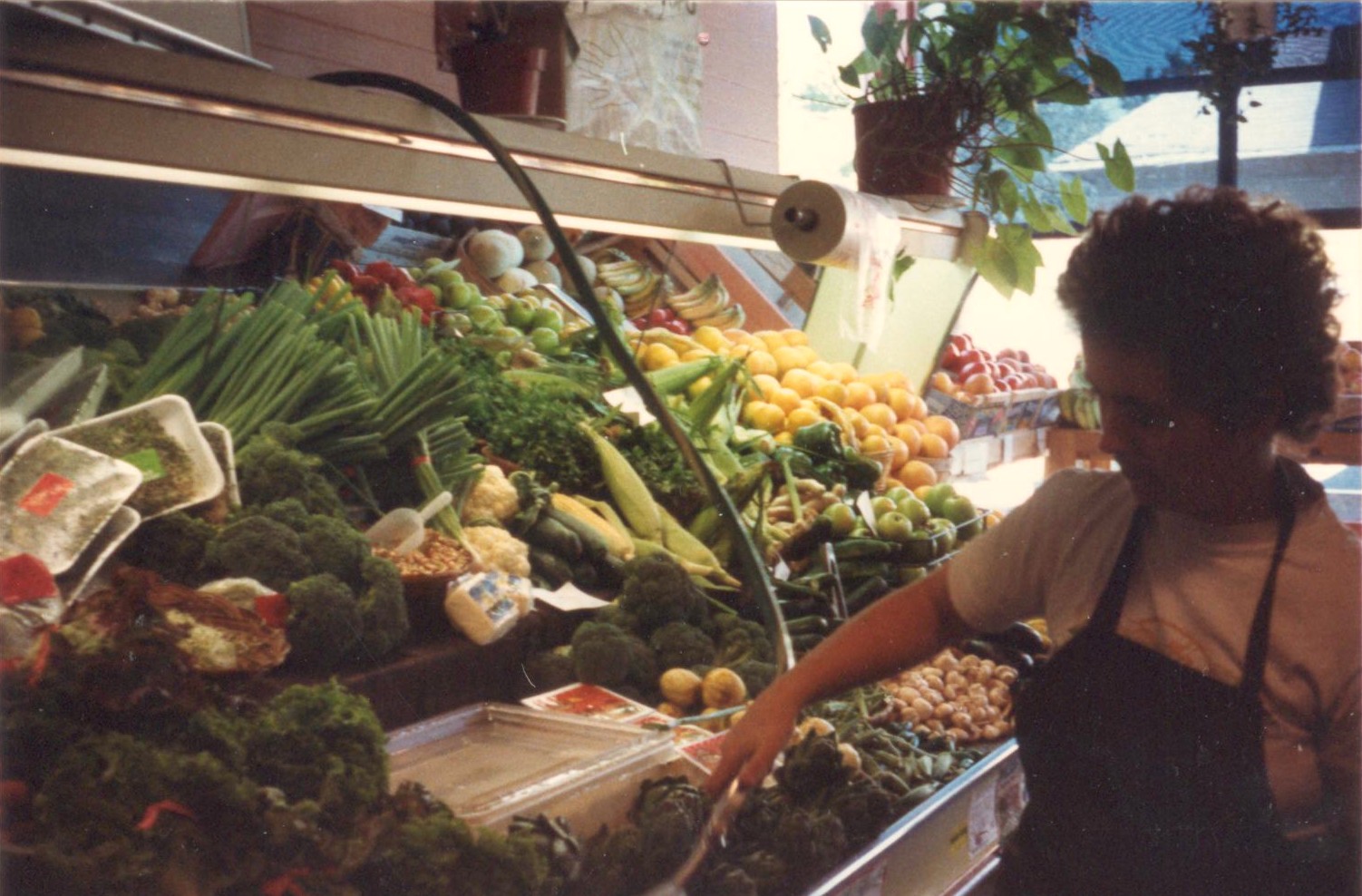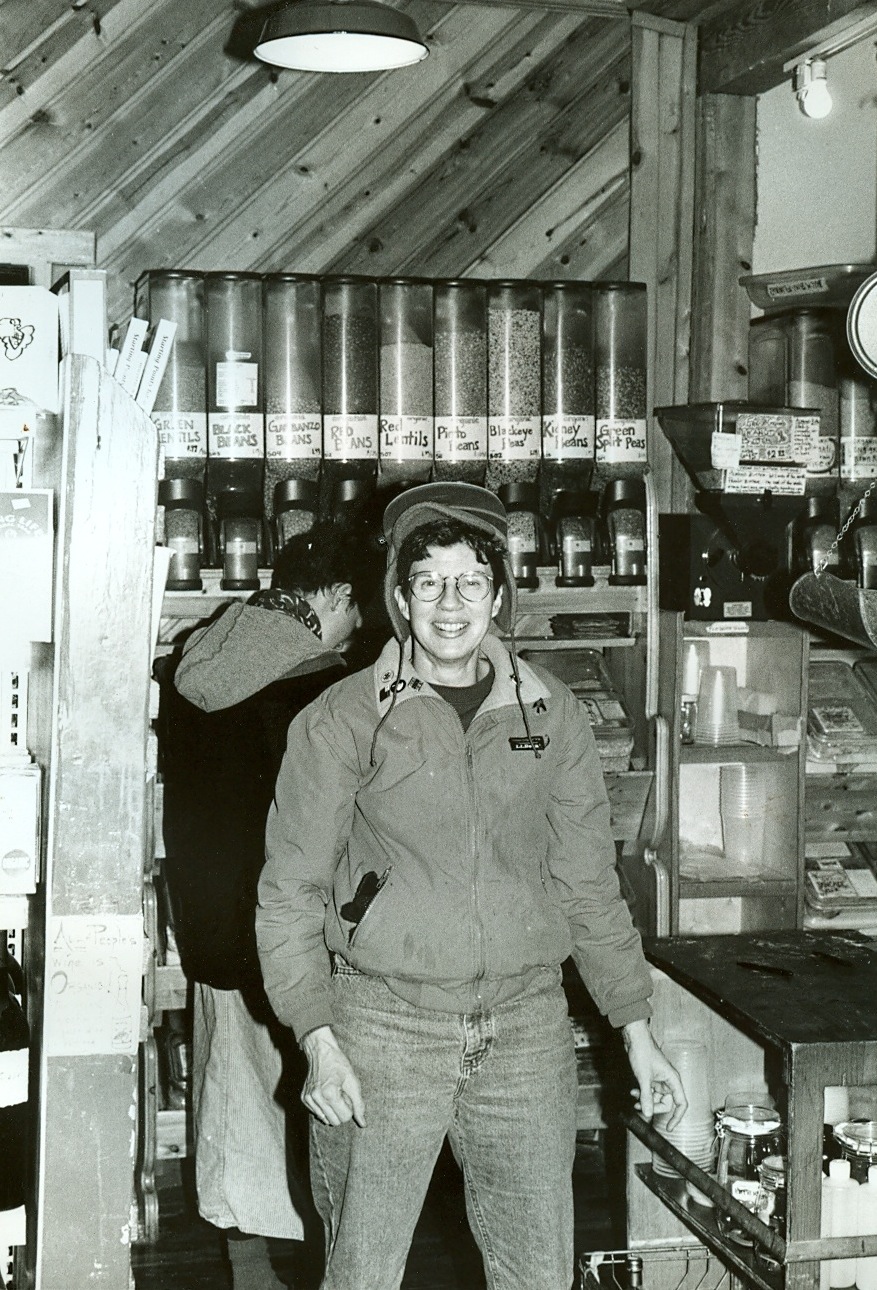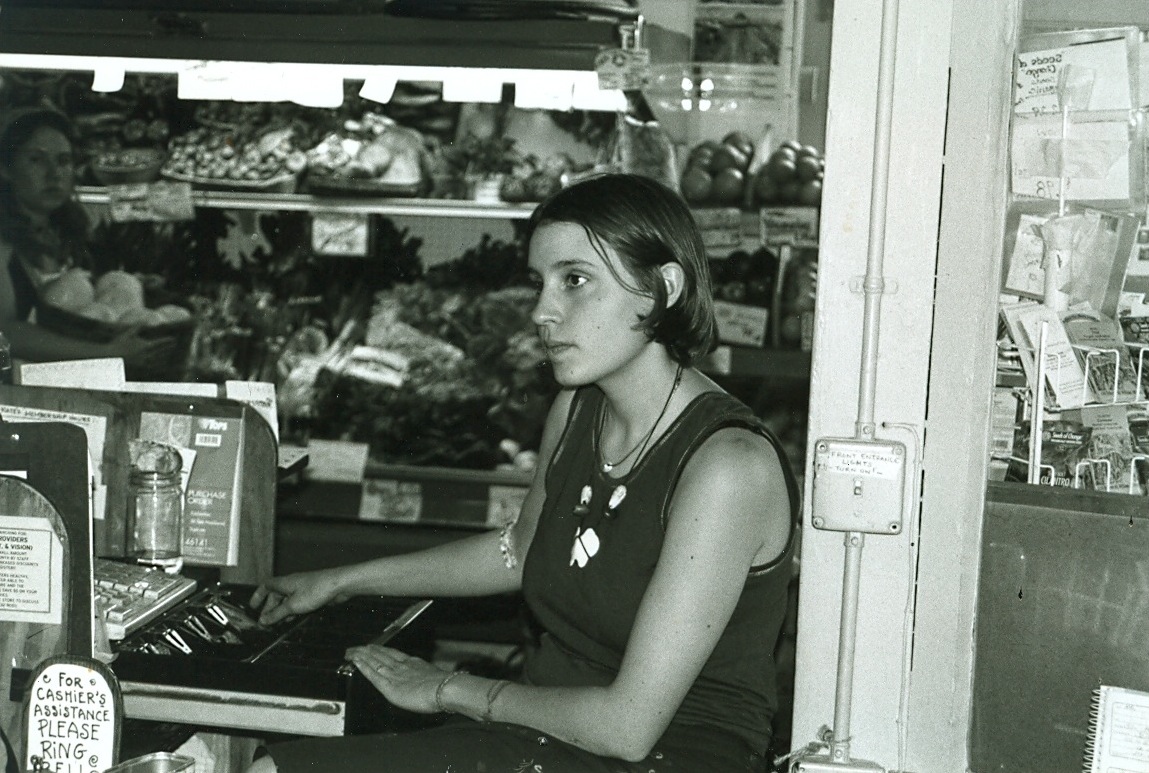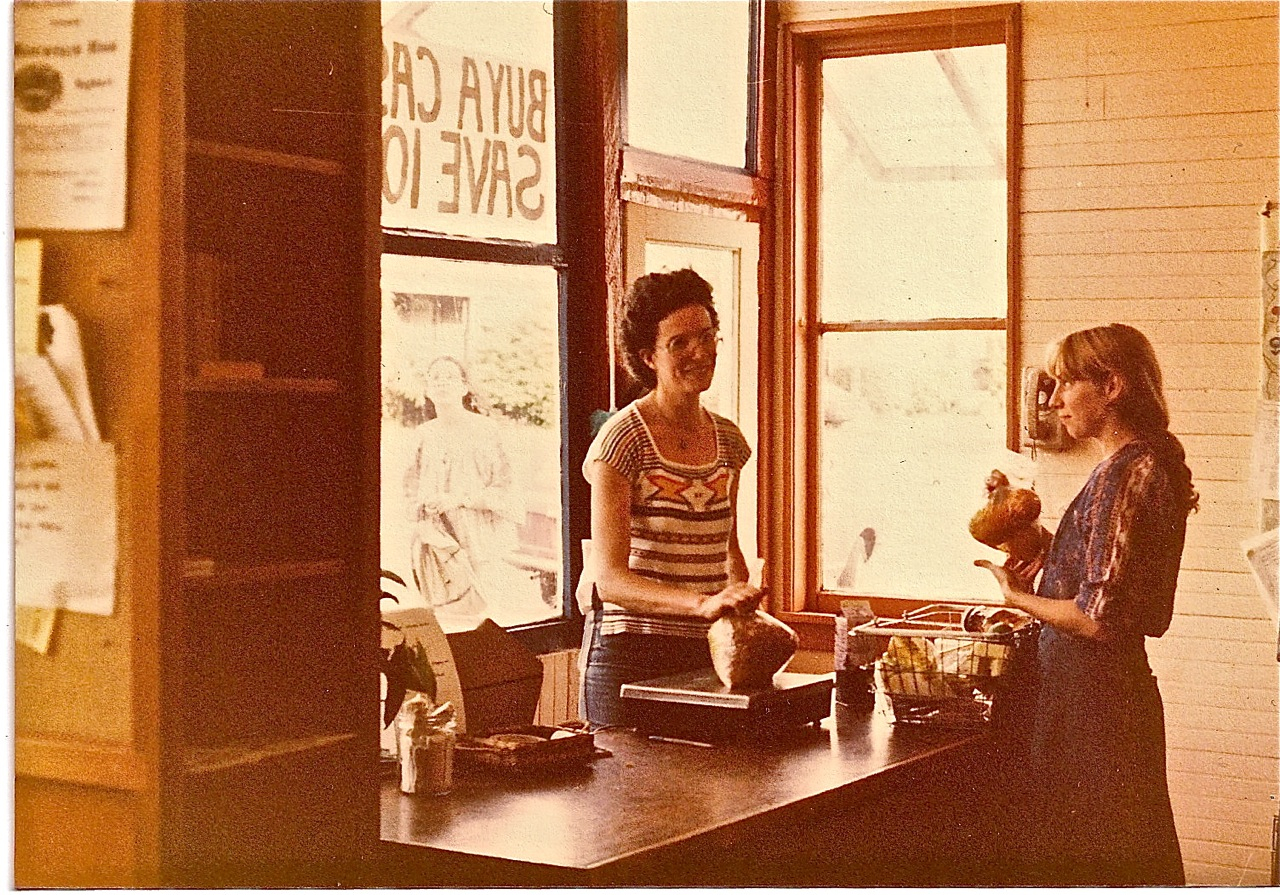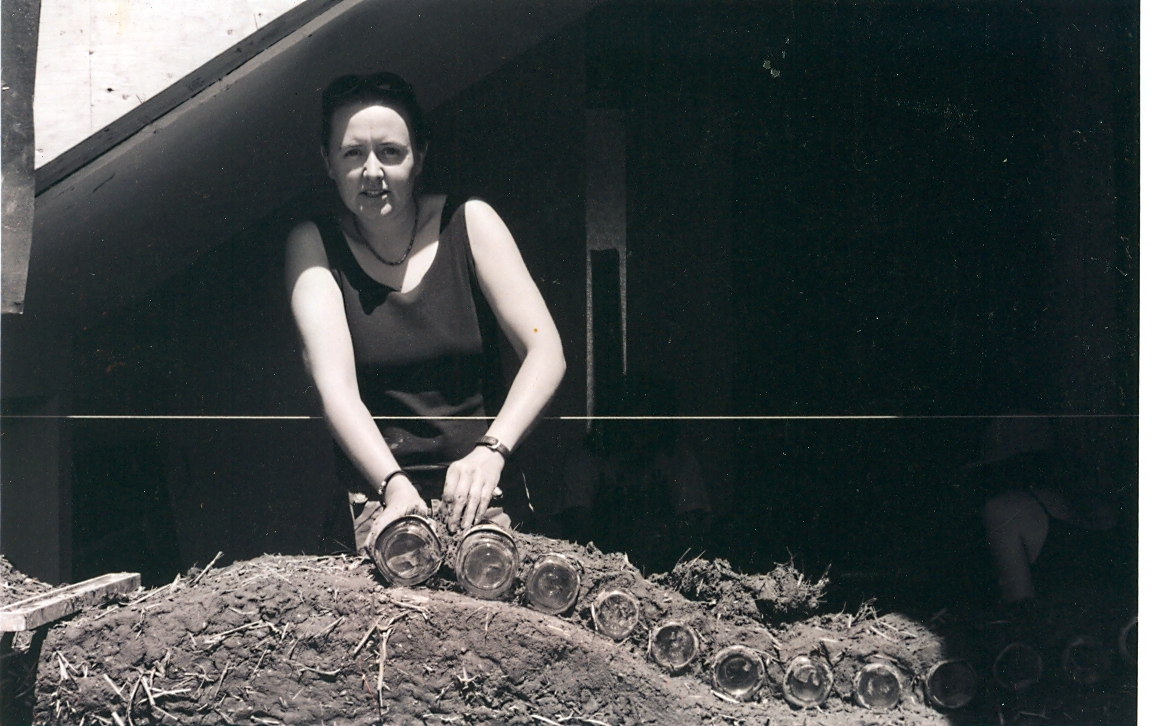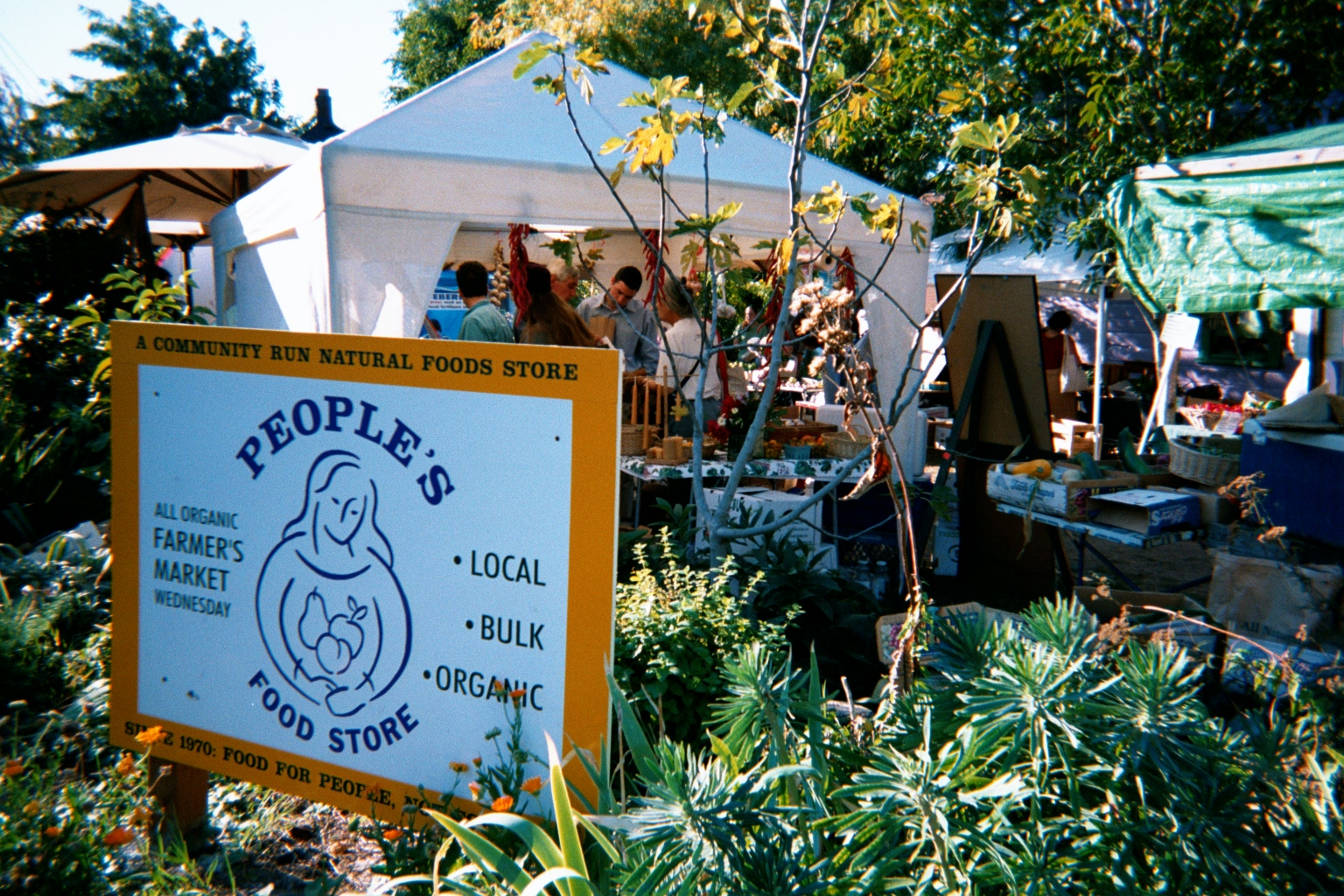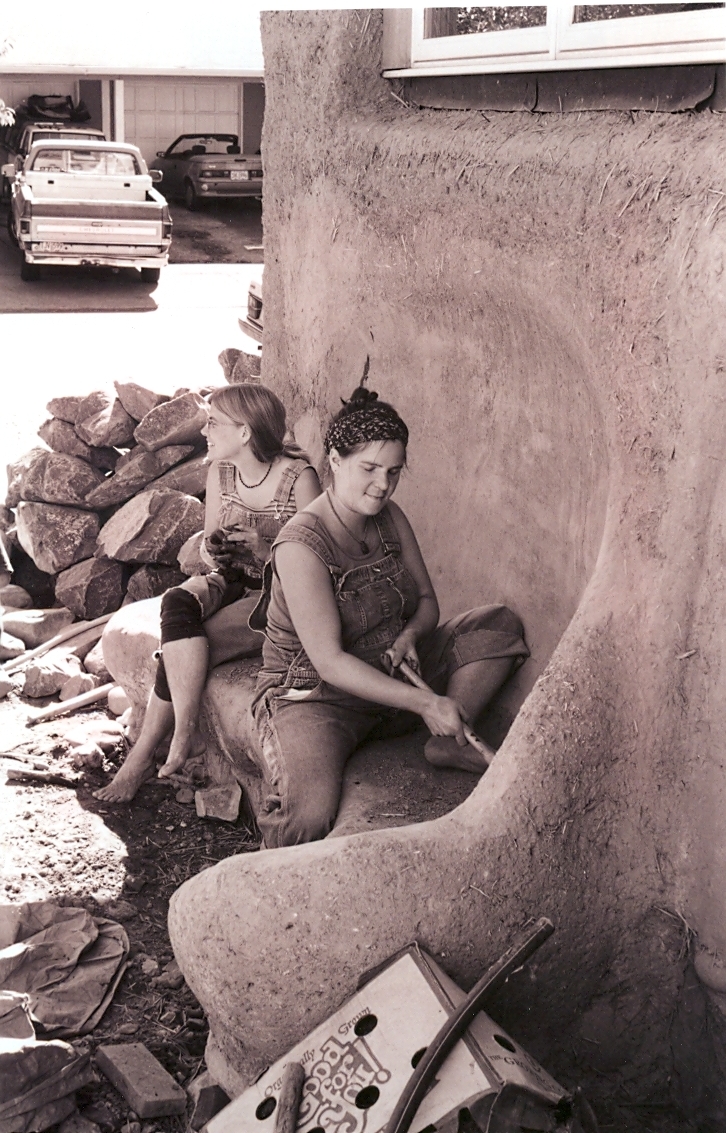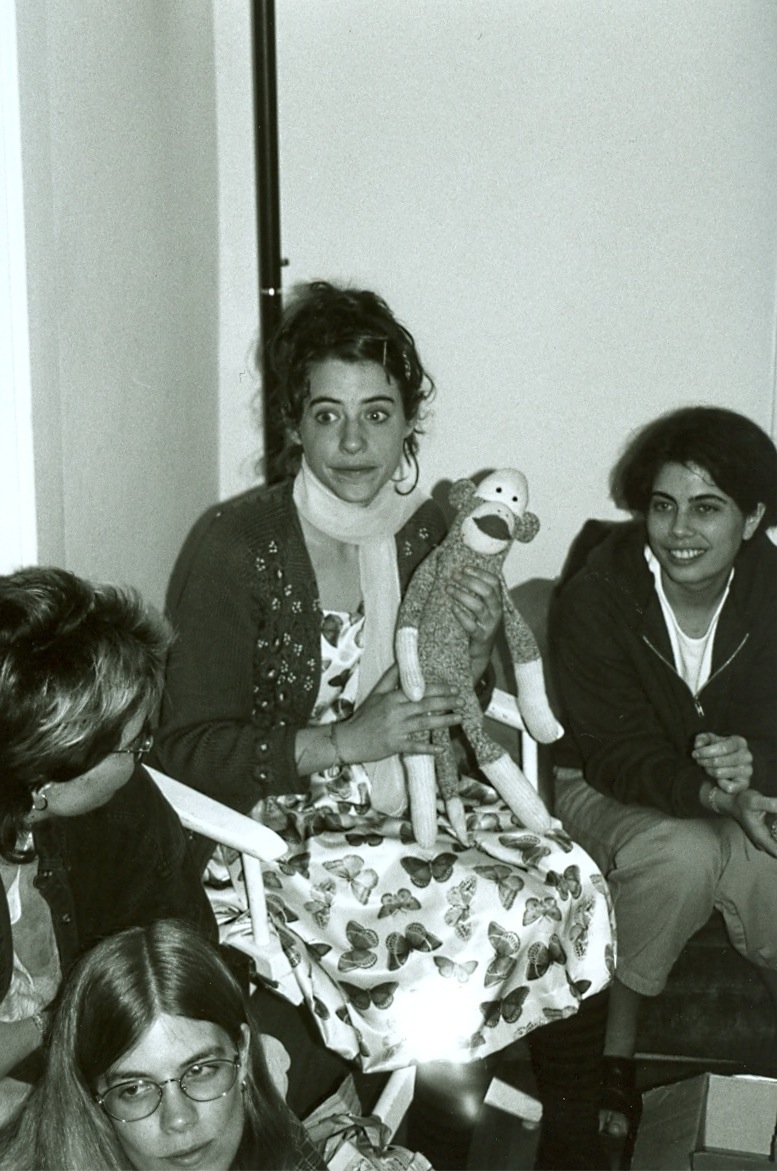Indoor Seed-Starting, Early Plantings & Perennial Crops
Wednesday, March 20th 7-9pm
In March, it is time to begin planting seeds both outdoors and indoors. This session will focus on those early plantings and the varieties that perform best for our climate. Perennial vegetables can be transplanted at this time. Since many perennial vegetables are new to gardeners, Marisha will share about growing and cooking some of her favorite types. Seed catalogs and other resources will be available as references for each participant to make a personalized planting calendar.
Cole Crops, Greens & Soil Building
Tuesday, April 10th 7-9pm
April is a key time for all of the Cole Crops, such as Broccoli, Kale, Cauliflower, Collards, and Cabbage. It is also a time of planting greens. As many plants are being planted in the garden during this month and the months to come, we will highlight soil building strategies in this class.
Warm-season Crops, Edible Flowers and Attracting Pollinators
Tuesday, May 1nd 7-9pm
In May, the weather typically gets warmer and many flowers begin to bloom. We will discuss reliable varieties of warm-season crops to grow in your garden and ways to maximize microclimate and production. Many of these plants require insects for pollination. You will learn about pollination, pollinator insects, and flowers that are useful for attracting these special critters. Many of these flowers have multifunctions. We will highlight edible flowers, their functions in landscapes, and recipes.
Maintenance and Harvest
Tuesday, June 5th 7-9pm
June completes our planting of the summer vegetable garden and then it is time to focus on maximizing the harvest. For the urban gardener, this may mean optimizing a small space to produce as much food as possible. We will discuss strategies for optimizing yield of your vegetable crops throughout the growing season. We will highlight the best types of trellises for plants that like to grow up.
Berries, Herbs and Water Catchment
Tuesday, July 10th 7-9pm
This workshop will focus on different types of fruiting crops that are available right now. We will taste different varieties and discuss recipes and ways to put up the harvest of berries. We will talk about water catchment and how to determine what type of system would work best for your household. Handouts will include a to do list for the month, herbs for tea, and other pertinent information.
Seedsaving and the Winter Garden
Tuesday, August 7th 7-9pm
In August, it is time to save seeds. The weather has been dry and many plants are ripening their seed. This workshop will cover the basics of saving seed and offer you the opportunity to gather some hands-on experience. August is a key month to get many starts in the ground for harvest in the winter and early spring. This class will highlight what is happening in the garden in August, how to preserve your harvest and prepare for the coming month.
Putting Up the Harvest
Tuesday, September 11th 7-9pm
The abundance from the garden and orchard is coming in and it is time to put it up for storage in the winter. In this class, we will discuss the key ways to store food for the winter including canning, dehydration, fermentation, & freezing. A key component of this class will be focused on how to assess what your family will eat in the winter and the space that you have available for storage. The last of the winter crops should be in the garden by Equinox so we will cover the last of the plantings. As always, this class will highlight what is happening in the garden in September, how to preserve your harvest and prepare for the coming month. Handouts will include a to-do list for the month, information on canning and food preservation, and other pertinent information.
Garlic, Cover Crops & Compost
Tuesday, October 9th 7-9pm
October is a time for returning inward and thinking about nourishing the soil for the future garden. This class will highlight soil building method including mulches, composting, leaf mold and more. We will discuss types of cover crops for building soil tilth and fixing nitrogen. Garlic goes in the ground this month for summer harvest. We will talk about the different types of garlic and best varieties for our region. As always, this class will highlight what is happening in the garden in October, how to tend to your garden, and prepare for the coming month. Handouts will include a to-do list for the month, information on soil building methods, and other pertinent information.
Wildlife in the Garden, Nourishing Soups & Planning for the Coming Year
Tuesday, November 6th 7-9pm
In November, the weather has become cold and the garden has been put to bed. However, the birds, insects, and other critters still need habitat to keep them around. During this class, we will discuss ways to encourage these allies to stick around in your garden. By having active food webs in the garden, we invite collaboration and enhance fertility cycles on site. As this is our final class for 2018, this class will provide juicy information to help you begin planning for the 2019 garden season. We will also highlight nourishing soup recipes from local herbs, veggies, and stocks. As always, this class will highlight what is happening in the garden in November, how to tend to your garden, and prepare for the coming month. Handouts will include a to-do list for the month, information on wildlife, soup recipes, and other pertinent information.








